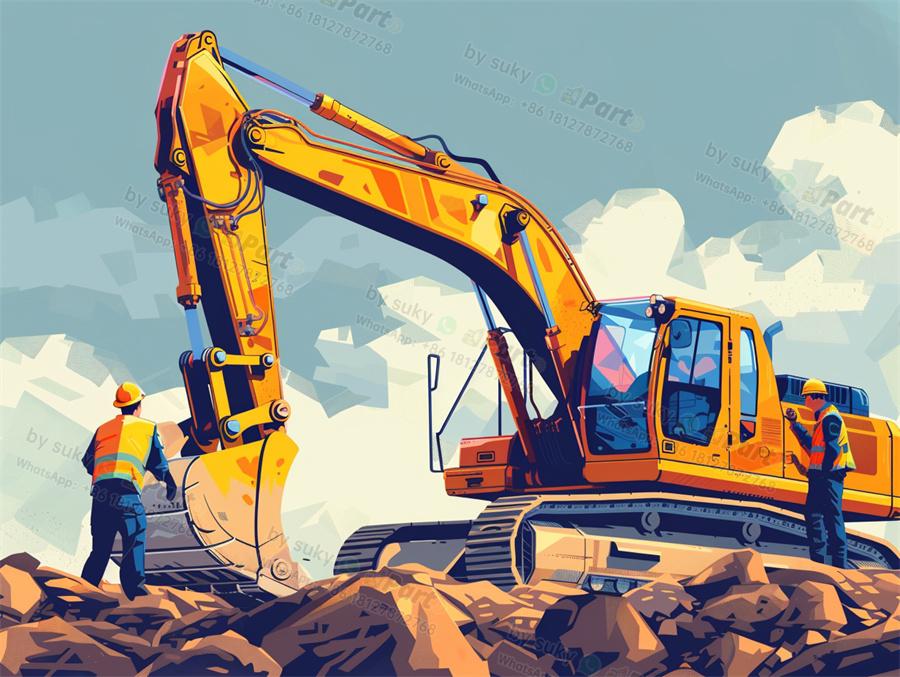When it comes to importing construction vehicle parts, there are several key tips that can help ensure a smooth and successful process. Whether you are a seasoned importer or new to the industry, these tips can help you navigate the complexities of importing construction vehicle parts and avoid common pitfalls.
1. Research and Identify Reliable Suppliers
Before you start importing construction vehicle parts, it is essential to conduct thorough research and identify reliable suppliers. Look for suppliers with a good reputation, a track record of delivering high-quality parts, and a commitment to customer service. You can also consider working with a sourcing agent who can help you find reputable suppliers and negotiate favorable terms.
2. Understand Import Regulations and Customs Procedures
Importing construction vehicle parts involves navigating a complex web of import regulations and customs procedures. It is crucial to familiarize yourself with the specific regulations and procedures that govern the importation of construction vehicle parts in your target market. This may include obtaining the necessary permits and certifications, paying customs duties and taxes, and complying with safety and quality standards.
3. Verify the Quality of the Parts
Before placing an order with a supplier, it is important to verify the quality of the construction vehicle parts. Request samples, inspect the parts for defects, and conduct quality control checks to ensure that the parts meet your specifications. It is also a good idea to visit the supplier’s facilities in person to see firsthand how the parts are manufactured and ensure that they meet your expectations.
4. Negotiate Favorable Terms and Payment Methods
When importing construction vehicle parts, it is essential to negotiate favorable terms with your suppliers. This includes discussing pricing, payment terms, delivery schedules, and any applicable warranties or guarantees. You may also want to consider using secure payment methods, such as letters of credit or escrow services, to protect your investment and minimize the risk of fraud or nonpayment.
5. Monitor and Track Shipments
Once you have placed an order with a supplier, it is important to monitor and track the shipment of construction vehicle parts to ensure timely delivery. Keep in regular contact with your supplier, logistics provider, and customs broker to track the progress of the shipment and address any issues that may arise. By staying proactive and engaged throughout the import process, you can help avoid delays and ensure that your parts arrive on schedule.
In conclusion, importing construction vehicle parts can be a challenging but rewarding endeavor for businesses in the industry. By following these top tips, you can streamline the import process, minimize risks, and ensure the timely delivery of high-quality parts for your construction vehicles. For more information on importing construction vehicle parts, check out our article on “The Benefits of Using OEM Parts for Construction Vehicles.”




